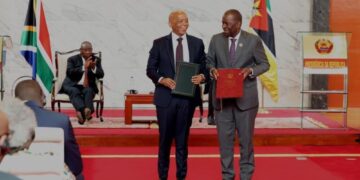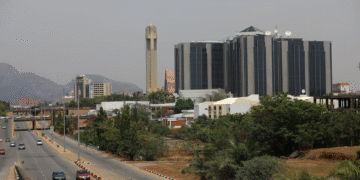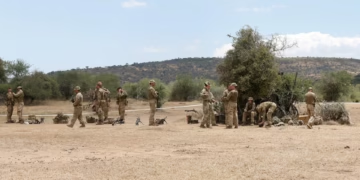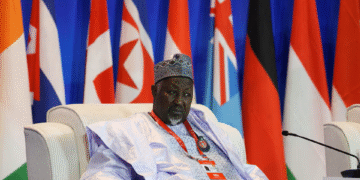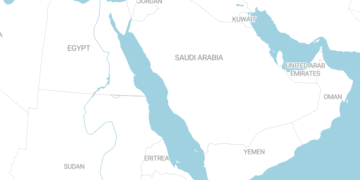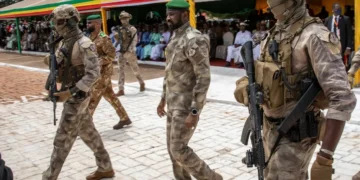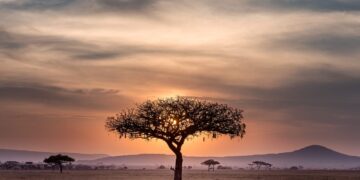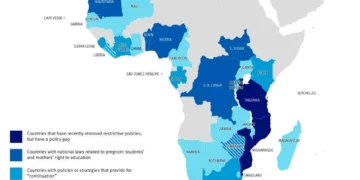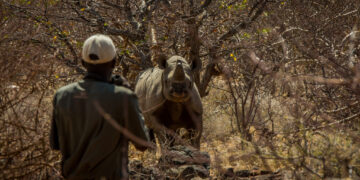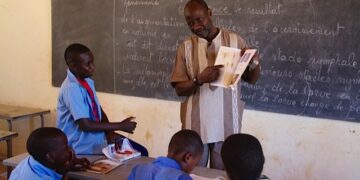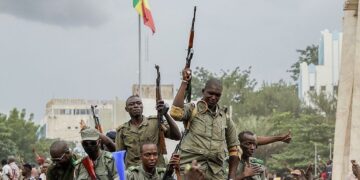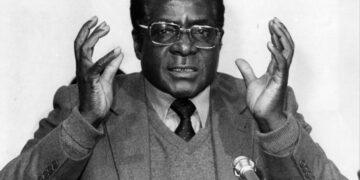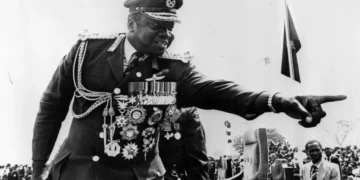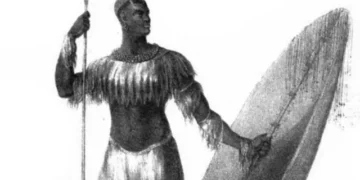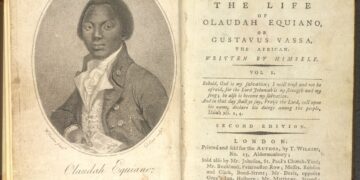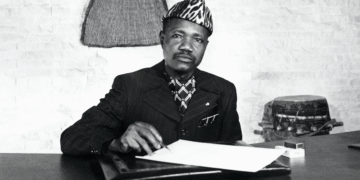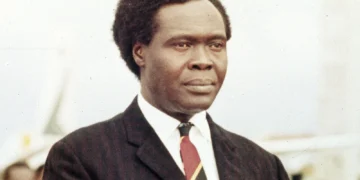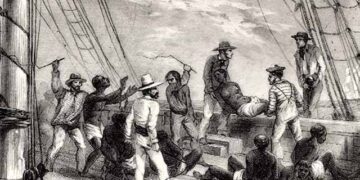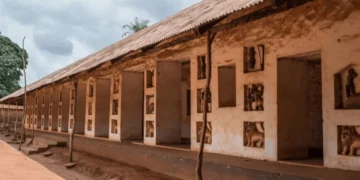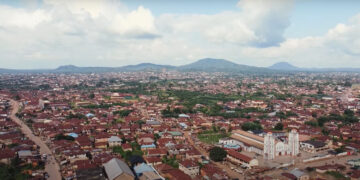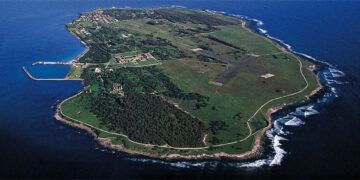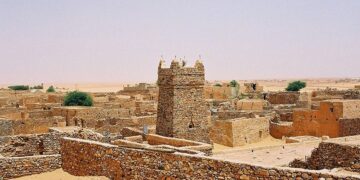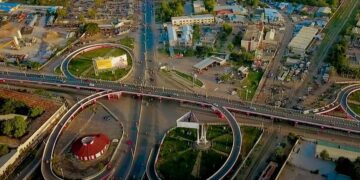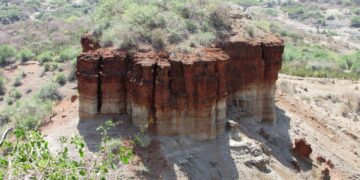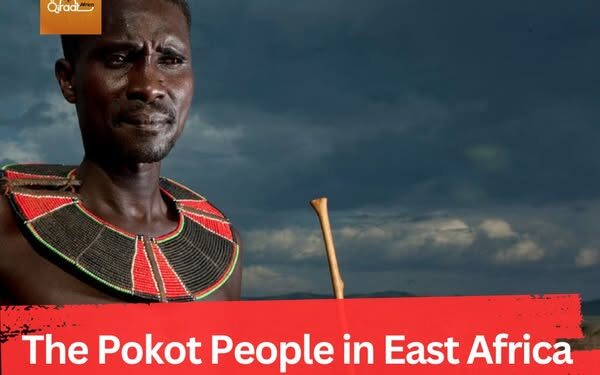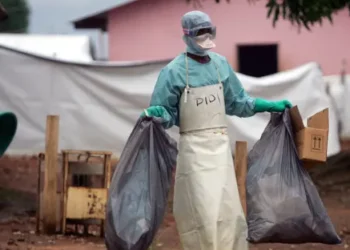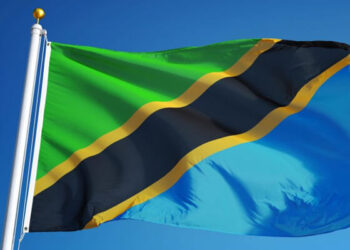The Pokot people are an agro-pastoralist and Nilotic Kalenjin-speaking ethnic group residing in West Pokot County and Baringo County in Kenya and in the Pokot District of the eastern Karamoja region in Uganda.
The Pokot has a total population of 1,002,000 in two countries. According to Peoplegroups.org (2024), there are 859,000 Pokot in Kenya and 143,000 in Uganda.
They speak Pökoot, a language of the Southern Nilotic language family, which is close to the Marakwet, Nandi, Tuken, and other members of the Kalanjen grouping.
Cherangani Hills (3,370 m) comprise the western wall of one of the world’s wonders, the Elgeyo Escarpment, which descends more than 1,500 meters to the floor of the Kerio Valley in Kenya’s famous Rift Valley. At the base of the Cherangani Hills, Kenya’s northwestern desertic lands stretch into infinity. The Pokot people live on this territory near the foot of the range.
During the colonial period, Europeans referred to the Pokot as “Suk.” To some Pokot, the older designation is a remembrance of an era when Africans lacked the ability to name themselves; to others, it reflects a forefather’s cunning scheme to fool powerful foreigners by concealing his identity. In the first perspective, “Suk” is an ethnic slur borrowed by Europeans from the Maasai, who denigrated nonpastoral activities; the name is said to derive from chok, a short sword or staff used by Pokot cultivators to till the soil.
In the second perspective, when confronted by Europeans, a Pokot elder referred to himself as “Musuk,” a term for the nearby tree stumps; his response is said to exemplify ingenuity and cunning, two highly valued but morally ambiguous characteristics.
Pokot identity formed in the Kerio Valley perhaps as early as the late 18th and certainly not later than the mid-19th century. It emerged from the assimilation of the Sirkwa-era Chok by the Pokotozek section of the Maliri. Even with the introduction of Western education, the Pokot still use folklore as a means of teaching.
The Pokot have divided their countryside into named and bounded “neighborhoods” or settlements. As physical units, these neighborhoods vary in size, topography, ecological potential, and population density.
The Pokot people herd cattle, sheep, and goats and live off the products of their stock. The other half of the Pokoot are agriculturalists who live anywhere conditions allow farming. The homestead is the social center for the Pokoot. Here a man lives with his wives, each having their own hut.
All members of the family live here, and the stock is corralled here at night. The man of the family rules the homestead, telling the others what duties they are to perform. Exchange relationships between settlements in different ecological zones help reduce economic risk, which is especially important in periods of environmental adversity.



